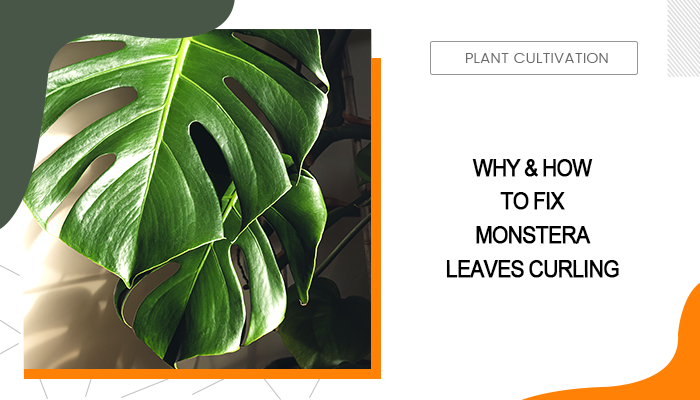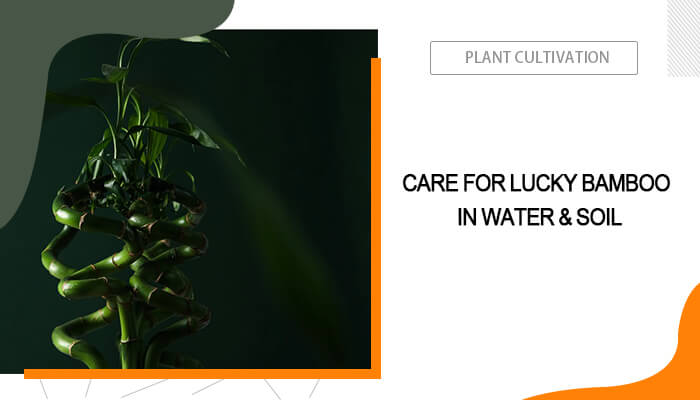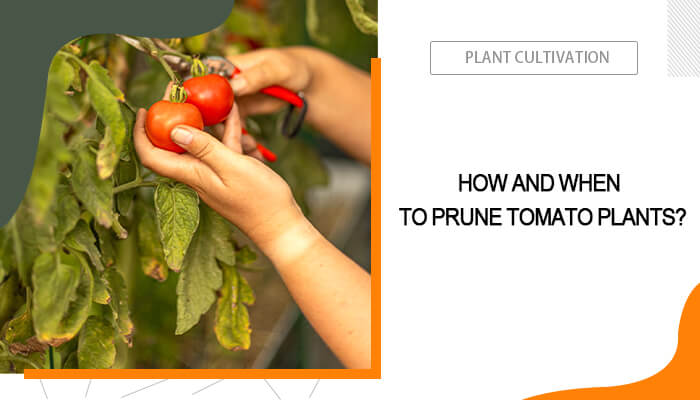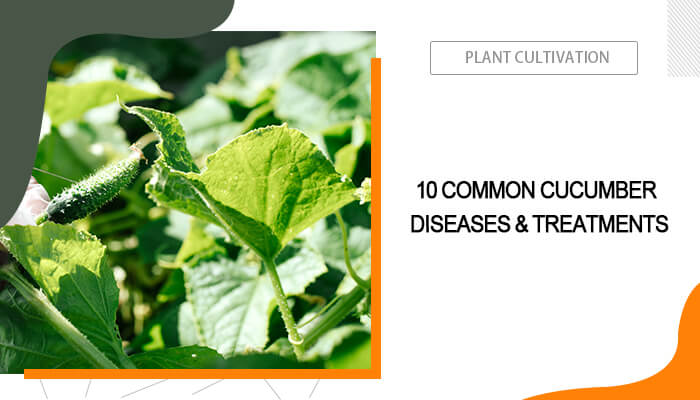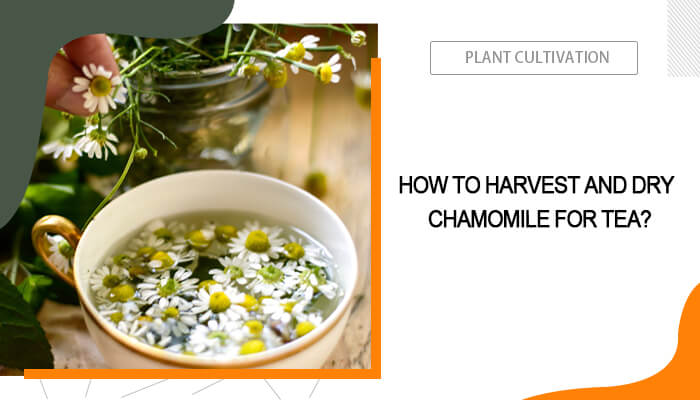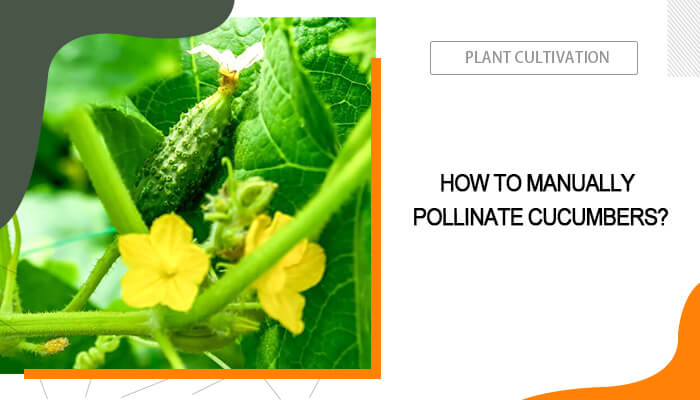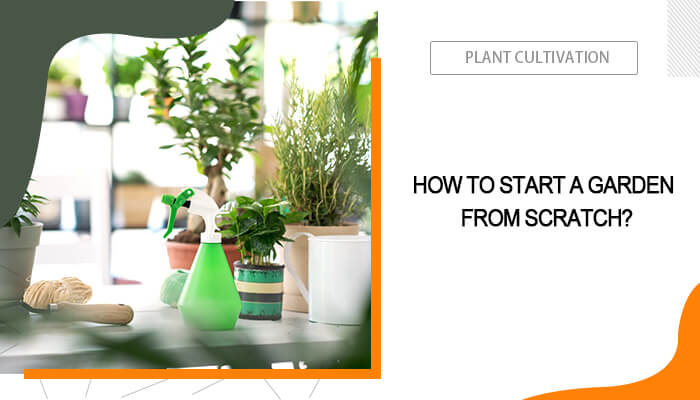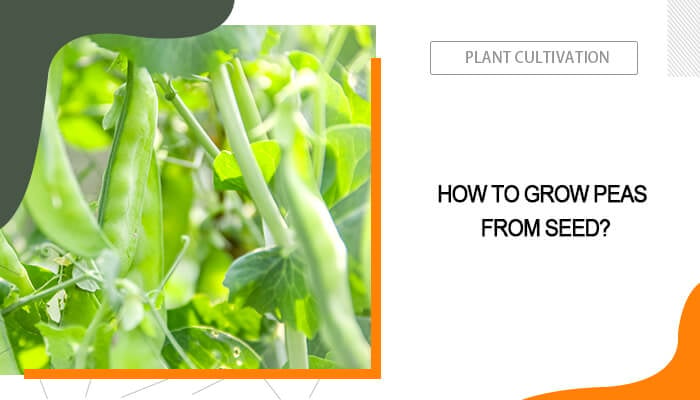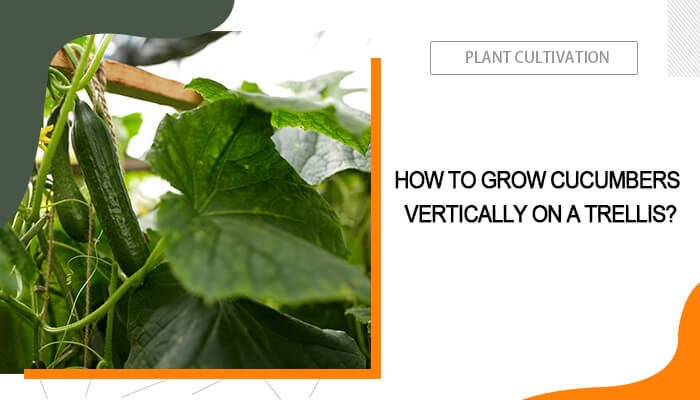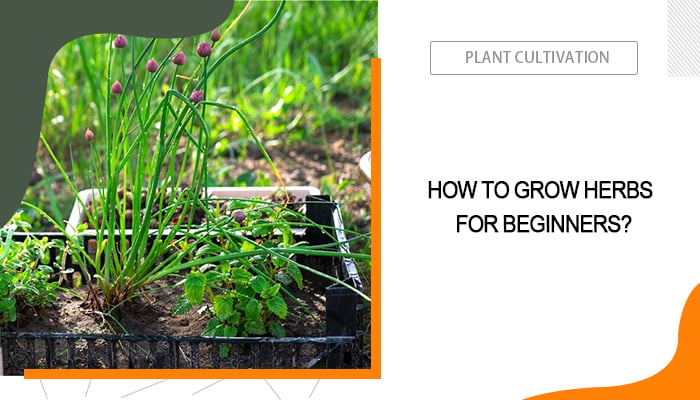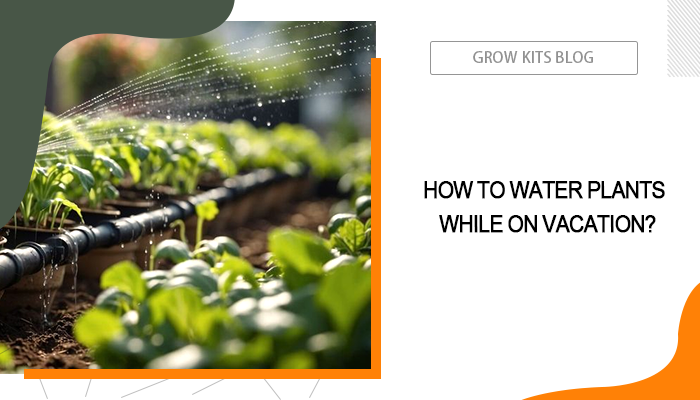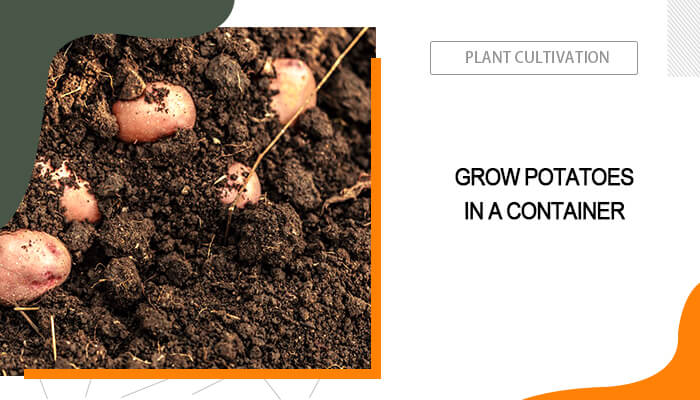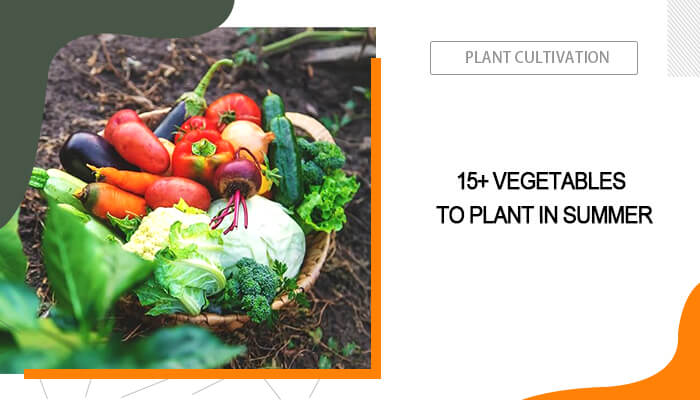How to Fix Monstera Leaves Curling Inwards/Downwards
Monstera, notably the Monstera deliciosa (Swiss Cheese Plant), has captivated plant enthusiasts with its unique foliage and easy-going nature. However, when its leaves start curling, it’s an act of self-defense by reducing the exposed surface area and minimizing water loss through transpiration. Why are my Monstera leaves curling? Follow our guide to find out the reasons behind Monstera leaves curling and the best troubleshooting practices.
Table of Contents
Are Your Monstera Leaves Curling Inwards or Downwards?
Before a long list of possible causes of Monstera leaves curling, one trick to roughly identify the culprit is by the direction of those curling leaves.
On one hand, leaves curling inward usually indicate a problem with hydration - your plant might not be getting enough water, leading to dryness and a loss of cell structure as the plant tries to conserve moisture.
On the other hand, if the leaves are curling downwards, the issue is likely related to stress caused by excessive heat or a lack of essential nutrients. High temperatures can cause the plant to lose moisture too quickly through evaporation, while nutrient deficiencies disrupt vital processes that maintain cell structure and function. As a result, the weakened cells are unable to support the leaf’s natural shape, leading to downward curling and drooping.
Overwatering/Underwatering Monstera Plants
Overwatering can lead to waterlogged soil, depriving the roots of oxygen and leading to root rot. Monstera plants in this situation are unable to absorb nutrients from the roots. Therefore, the leaves start to curl and eventually turn yellow.
However, when your monstera plants are suffering from underwatering, cells begin to dry out and lose their structure, showing a sign of leaves curing inward to conserve water. You can also notice soil comes away from the side of the container.
Solutions:
- Ensure your monstera is in well-draining soil and a pot with drainage holes. You can even poke a few more holes when necessary.
- Don’t water your Monstera plants every few days on a regular basis. The right approach to watering Monstera includes sticking your finger into the soil - if it feels dry 2 inches below the surface, then it's time to water. Allow the topsoil to dry out between waterings to prevent overwatering.
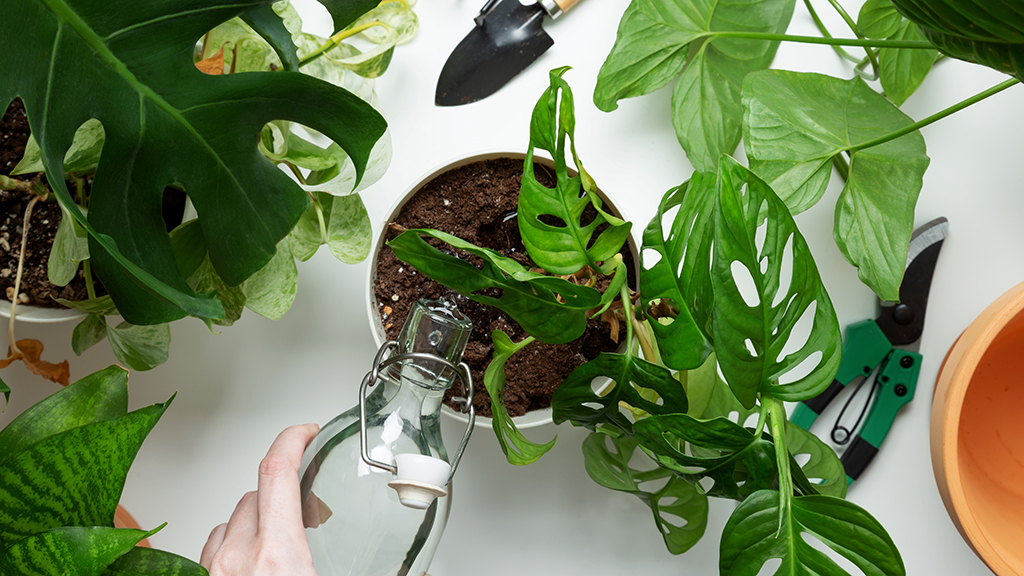
Too Much Sun
Monsteras grown in native habitats are often shaded under bigger plants, therefore, they are used to bright, indirect sunlight. When exposed to a direct light source, cells in the Monstera lose the pressure to hold their shape firm, showcasing a scene of leaves curling down or drooping. If you notice curling leaves with brown, dry spots from direct sun exposure, it's a clear indication that your plant needs to be relocated to a gentler light environment.
Solutions:
Place your monstera in a location where it receives bright, indirect light. You can use the compass on your phone to identify where is the perfect spot. If you only have a sunny windowsill, consider using a sheer curtain to diffuse the light. For grow light users, turn the lights off to give the plants a little break.
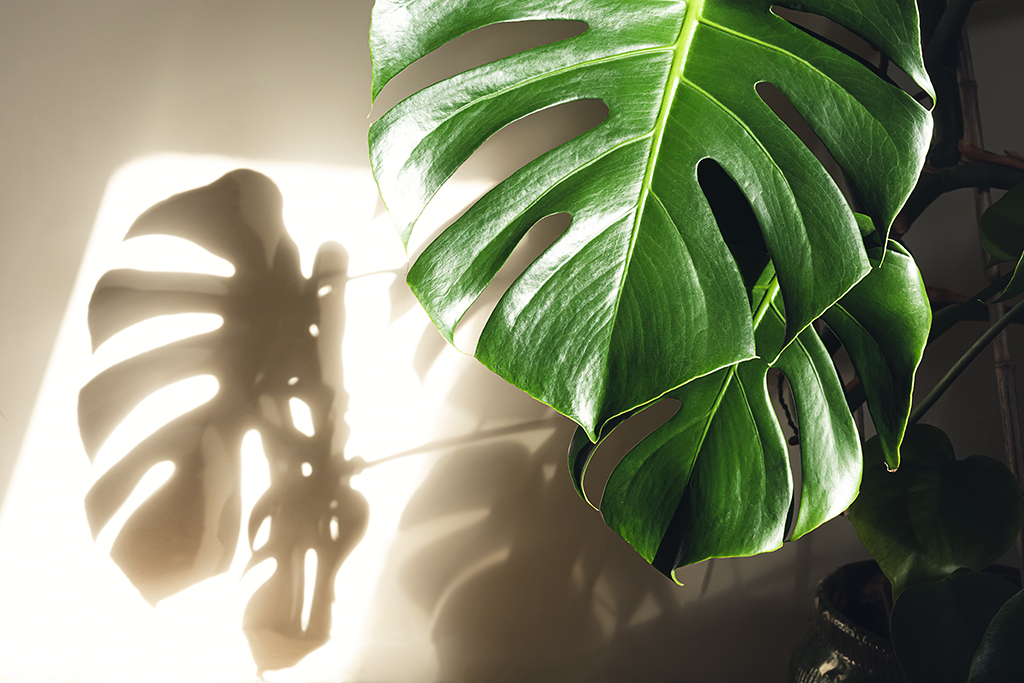
Lack of Moisture and Humidity
Monstera plants, originating from tropical rainforests, thrive in high-humidity environments. When the air is too dry, monstera leaves may curl inward as a natural adaptation to reduce their surface area and minimize moisture loss, as mentioned in the beginning. This can also lead to brown leaf tips and edges, a common symptom of low humidity.
Solutions:
- Misting: Lightly misting your monstera's leaves every day or two can help mimic the moist, humid air of its natural habitat. Use room temperature water to avoid shocking the plant.
- Humidifier: Placing a plant humidifier in the same room as your monstera can significantly improve the humidity level, especially during dry winter months or in air-conditioned spaces.
- Pebble Tray: Fill a tray with pebbles and water, then place the plant pot on top. The water will evaporate around the plant, increasing the humidity. Ensure the pot is sitting on the pebbles and not in the water to prevent root rot.
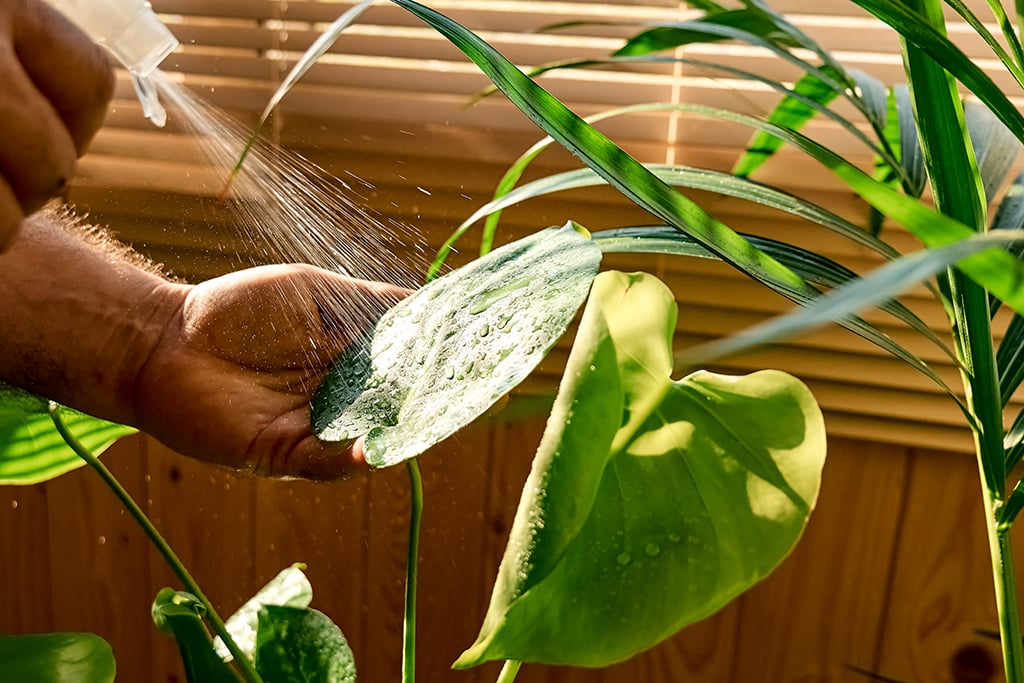
Insufficient Nutrition Supply
Monstera plants require a balanced supply of essential nutrients to support their large, vibrant leaves. Nitrogen, phosphorus, and potassium are critical for healthy growth, photosynthesis, and root development. A deficiency in these nutrients can lead to curling leaves, stunted growth, and discoloration such as monstera leaves turning yellow.
Solutions:
Choose a balanced, water-soluble fertilizer specifically designed for houseplants or tropical plants. The N-P-K ratio (nitrogen-phosphorus-potassium) should be balanced, such as 20-20-20, to support overall plant health.
Outdated Pot Condition
As Monsteras grow, they can become root-bound, with roots circling the inside of the pot and eventually growing through the drainage holes. This not only restricts growth but also makes it difficult for the plant to absorb water and nutrients effectively, leading to curled leaves and other stress symptoms. Also, soil in the pot can get hardened and dense over the years, obstructing nutrient intake.
Solutions:
Consider repotting your monstera approximately every 1-2 years. Remember the best time to repot is in the spring, just as the plant is entering its active growing season. Additionally, keep your plant soil well-aerated by poking it once in a while.
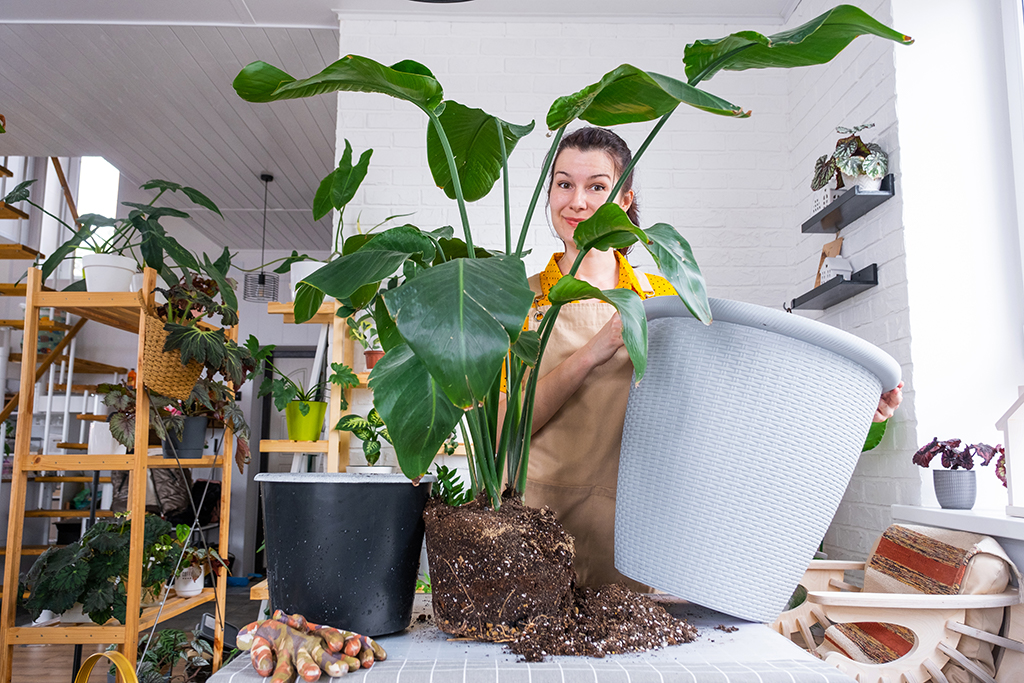
Insects
Last, pests such as spider mites, thrips, and aphids can cause significant stress to monstera plants, leading to curled, discolored, or damaged leaves. If you see any sign of these culprits, especially on the undersides of leaves and at the junctions of leaves and stems, do the following:
- Water rinse your monstera under a gentle stream of lukewarm water to dislodge them. This can be particularly effective for larger pests like aphids.
- Neem oil is a natural, non-toxic pesticide that can effectively control pests. Mix it with water and a mild dish soap as an emulsifier, and spray it on the affected areas of the plant. Repeat every 7-10 days until the infestation is under control.
Summary
In summary, monstera curling leaves often signal issues like improper watering, insufficient nutrients, excessive sunlight, or pest infestations. Addressing these concerns involves adjusting your watering routine, ensuring adequate light, maintaining humidity, providing balanced nutrition, timely repotting, and dealing with pests as needed. Interested in cultivating more Monsetra plants? Continue reading how to propagate Monstera!




